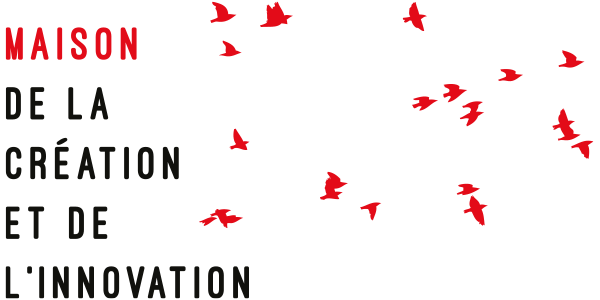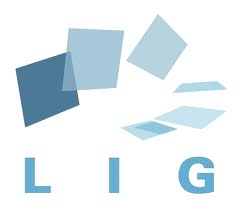Usability inspections based on heuristics: towards a state of practices and requirements for support
Résumé
User interface evaluation using heuristics is one of the most widely used evaluation methods in Human-Computer Interaction design. However, the quality of heuristic evaluations is highly dependent on the experts who perform them. To limit this bias, recommendations and tools to support some of the evaluation steps are proposed. Considering these recommendations and tools, this article investigates how the heuristics evaluations are really carried out and can be improved. Two studies are performed. First, an online survey investigates how practitioners perform heuristics inspection and studies the tools they used. The answers shows inequalities in the way the different tasks of the inspection process are realized. In particular, there is few well matured practices for proposing feasible solutions to usability problems and transferring inspection results to designers. These tasks are the moments when the knowledge of the experts who carried out the inspection is passed on to the people who will implement the interface. As such, they are particularly dependent on the communication quality. Our second study focused on this communication aspect by studying the use of a serious game, JADE, for usability evaluation. The JADE game has been successfully proposed in teaching to promote communication between learners. Two workshops investigates whether this game can also be a useful tool for experts in their inspection tasks, particularly as a support for exchanges. JADE seems to encourage communic
| Origine | Accord explicite pour ce dépôt |
|---|

